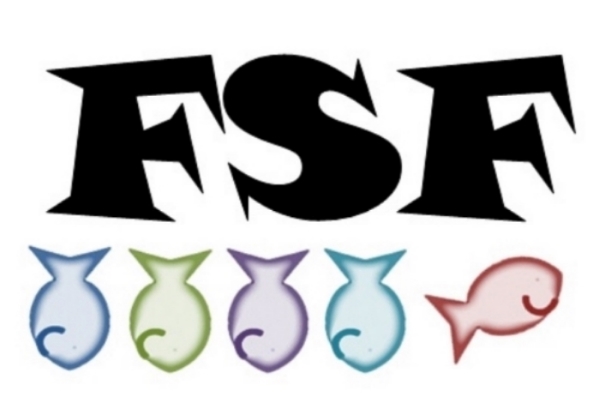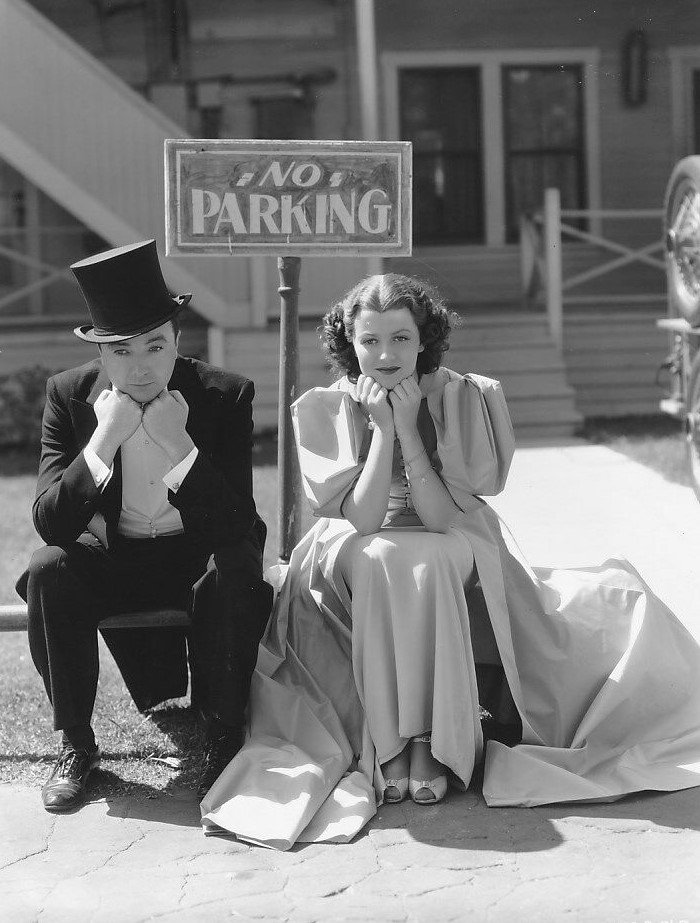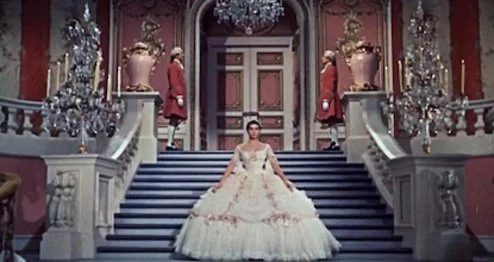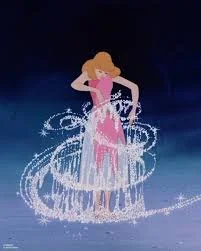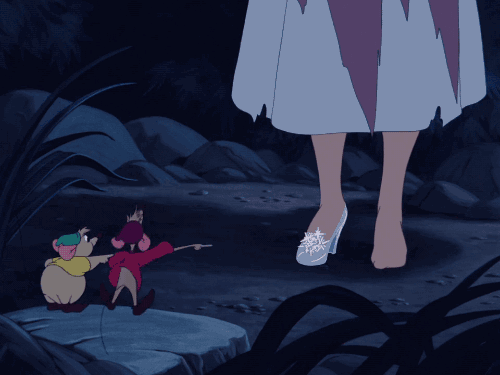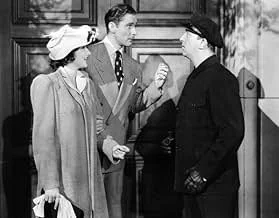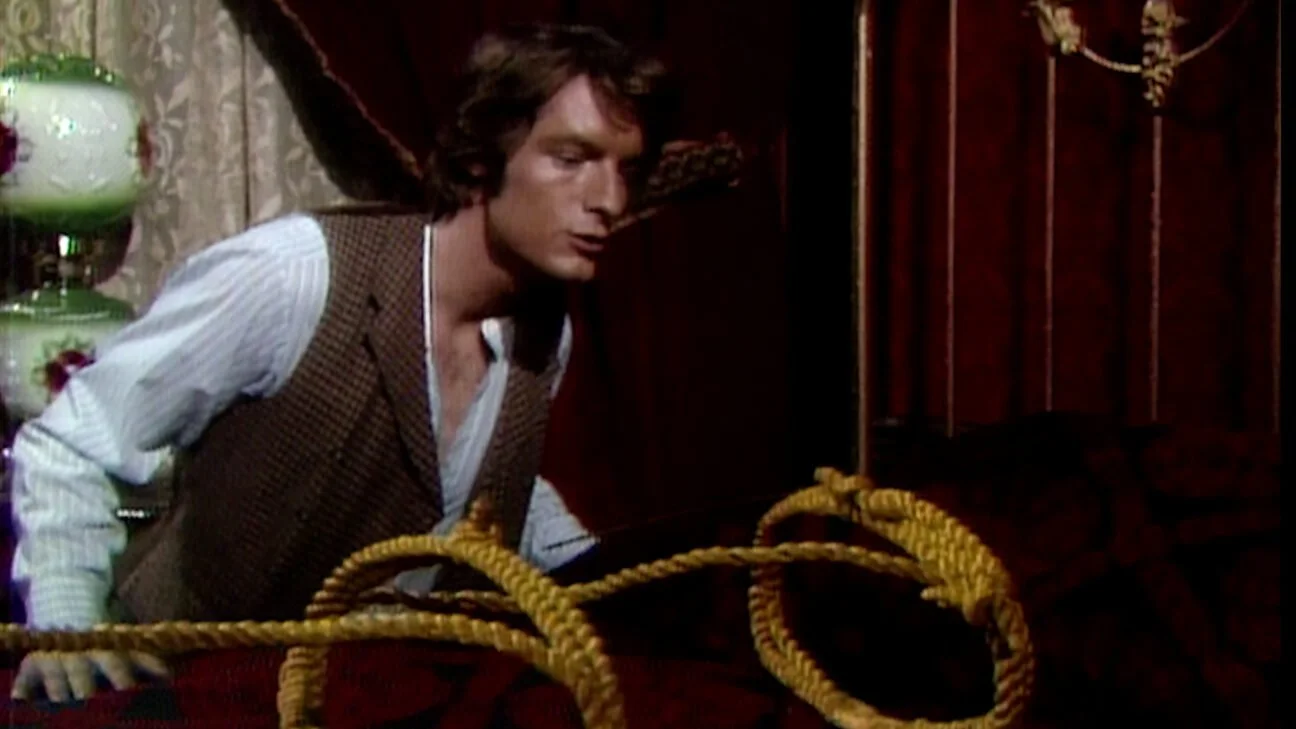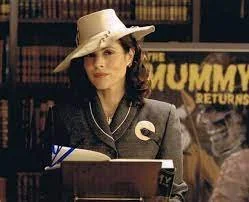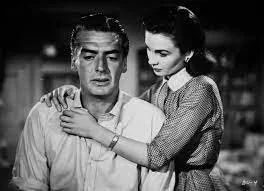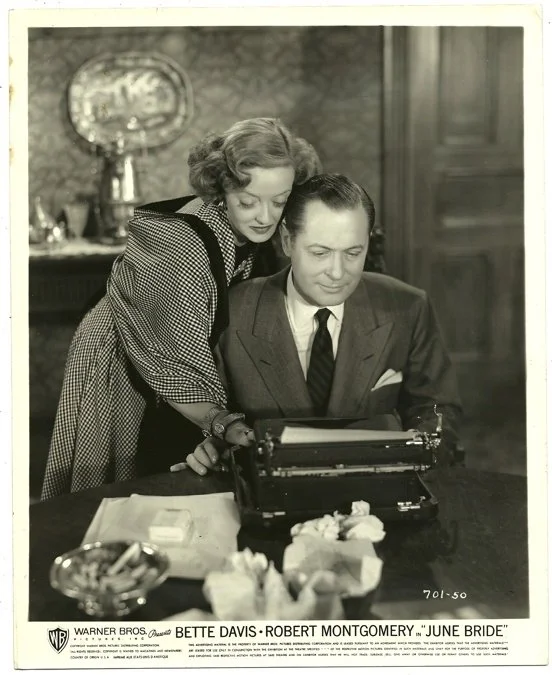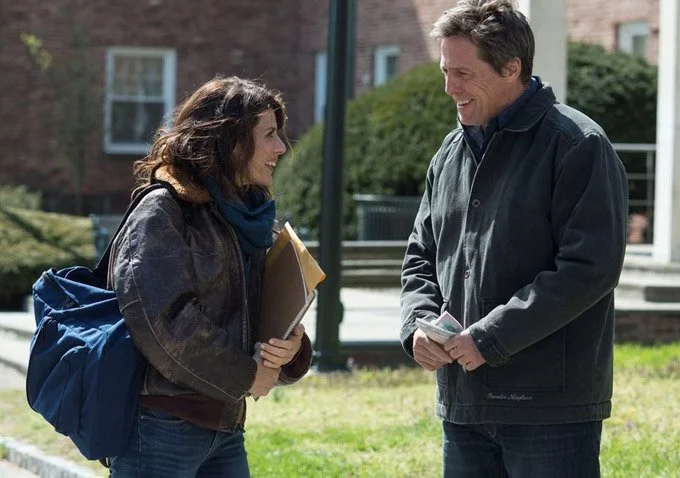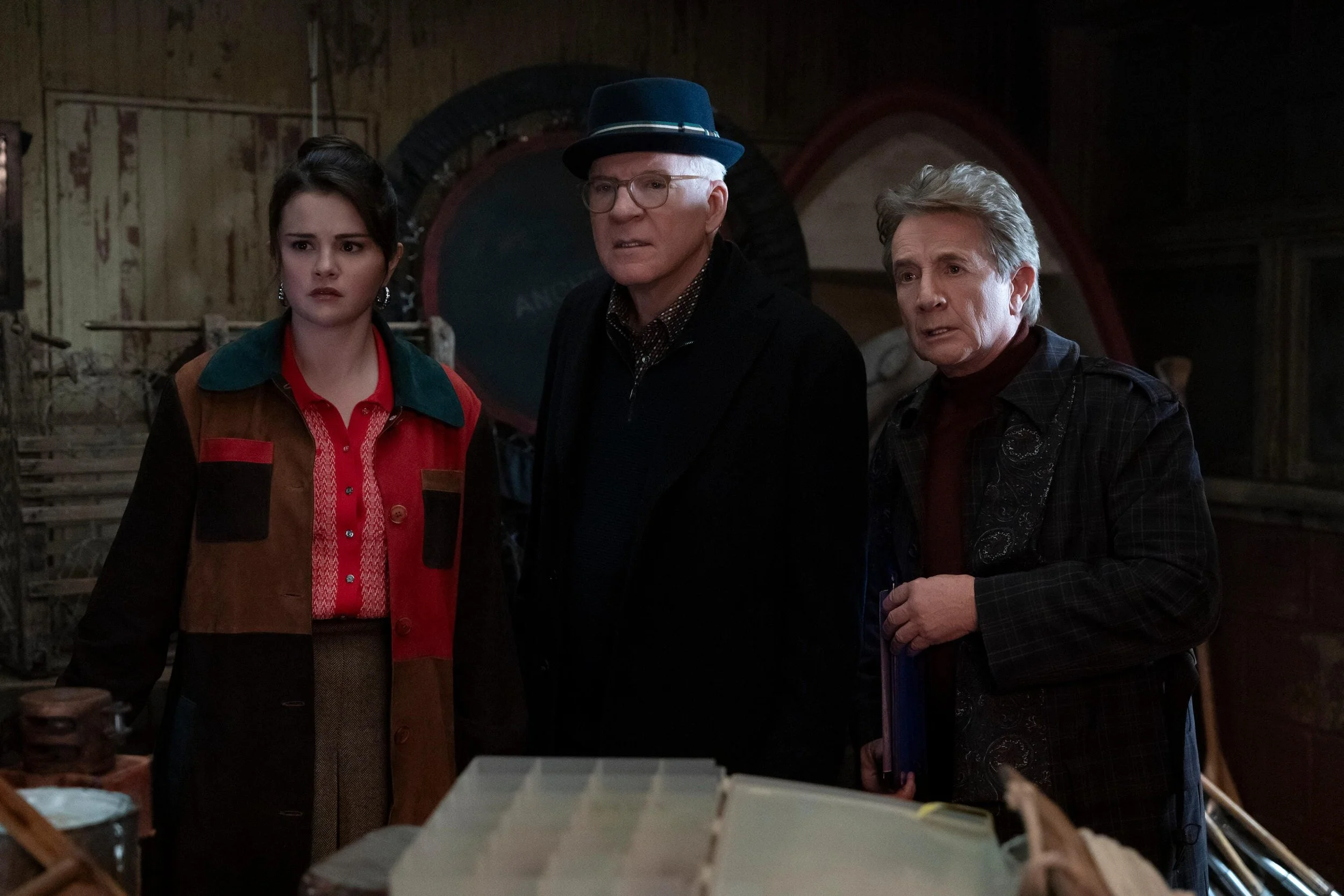Wait, this movie is trying to convince me that Danica McKellar was born in the late 1980s! That would mean she was an infant during the Wonder Years. Gross!
I’m not really sure what about this story is “Cinderella”. I made it an hour into the movie before I figured out that it’s the actual name of the ball. Not really a Cinderella story. Still, I watched it - I’m going to blog about it.
Anyway, Danica McKellar plays Chelsea, a dance instructor who runs a program for children with emotional and psychological needs. Her students and best friend (token Black woman with no other personality than to encourage the main character) gather money for her to take a trip to Genovia . . . sorry, I mean, Havenshire. I like that the existence of places like Monaco and Luxembourg have made it easy for movies and books to make up tiny European principalities. Chelsea was adopted as a child and her birth mother never left her any clues to her birth father. She follows the long-shot of a photograph of her mother in Havenshire holding a man’s hand as an excuse to go to Europe. I’ve heard worse reasons. On her first night, a mysterious and charming man with terrible fake sideburns at the inn mistakes her for a reporter trying to sneak into the castle for a tabloid website. She defends herself and they dance. Gee. I wonder who this handsome man will turn out to be.
The next day, Chelsea accidentally gets a job teaching the local Prince Phillip to dance for a Christmas ball. And guess who it is! The man from the inn! And he refuses to dance! Unbeknownst to Chealsea, the ball is meant to be an announcement of his future wife. Yet, he agrees to take the dance lessons so Chelsea can have the time on the castle grounds to investigate her birth family. Oh the adorable drama!
Phillip likes to go into town “incognito” which means wearing glasses. I’m so disappointed in the lack of Superman/Clark Kent jokes. My boyfriend pointed out that he looks like the killer from Day of the Jackal and that was all I could see for the rest of the film. Actually, I that might have make the movie more enjoyable for me. The love story wasn’t even all that romantic. He remembers things from their walks and this for some reason surprises her. The walk was a day ago! Get higher standards! I do like the plot line about birth families and adoption, including the inn owner who is trying to adopt his foster kids. There also a lot of faux pas moments of Chelsea attempting to mingle with politicians and eat table settings that look like food. One of the diplomats especially takes an interest in her (not in a creepy way). All of which is better than the romance. There are a lot of risks falling in love when you don’t know who you are biologically related to.
SPOILER ALERT: At first, Chelsea thinks the inn owner is her birth father, but, there’s a twist. It turns out to be the diplomat from earlier. Oh, and she dances with the prince at the ball and agrees to marry him. She chooses to be a queen over running a charity dance program for in-need youth. Sure. Fine. Whatever.
The dance scenes are more silly than romantic. Girl, all Phillip needs is the foxtrot. Not a recreation of Strictly Ballroom. Damn, it! I should’ve watched Strictly Ballroom. That’s kind of a Cinderella story. The overlooked woman because the belle of the ball and wins the “prince”.
Besides what Danica McKellar wears (seriously, her clothes are great), the costumes in this movie are the pits. I did better with seam ripped curtains and discount fabric in my high school productions. The outside of the castle looks like AI! The dance sequences are just an opportunity for McKellar to use her Dancing with the Stars skills in a film (which is not the correct time of ballroom dancing for a diplomatic occasion). I might have enjoyed this more if she’d been teaching him math . . . and I hate math.
